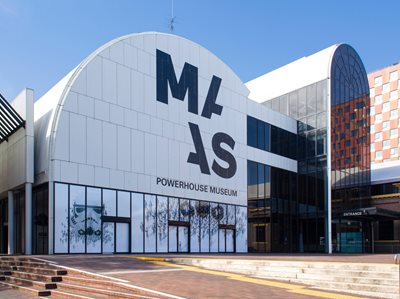Serena Copley, Liberal for Kiama. Click here to learn more.
Clean technology research and development set to take off
The NSW Environmental Trust has awarded $6.3 million in grants to clean technology research and development projects to support emissions cuts in high-emitting or hard-to-abate industries to 2030 and beyond.
The four projects are part of a $40 million research and development program which includes solar-powered production of e‑kerosene for sustainable aviation fuel and development of copper-based solar modules to cut electricity costs.
Minister for Energy Matt Kean said NSW has a track record of developing global clean tech success stories, pointing to UNSW’s world leading solar research and development.
“NSW has a once in a generation opportunity to export the ideas and creations of our best and brightest to the rest of the world,” Mr Kean said.
“Investing in clean technology not only creates new pathways to reduce emissions across hard to abate parts of our own economy, it creates new markets for our researchers and entrepreneurs to develop and grow their businesses.”
The successful applicants are:
- Sundrive Solar received $3 million to further develop their solar cell technology that replaces high-cost silver with copper, which is significantly cheaper.
- Hysata received $1.5 million to support development of a new type of simple, cheap and highly efficient water electrolyser that promises to deliver the world’s lowest cost ‘green’ hydrogen which is considered vital to achieving net zero emissions in the global economy.
- Southern Green Gas received $1 million to develop a solar powered e‐kerosene production module for Sustainable Aviation Fuel (SAF) for the hard‐to‐abate aviation sector.
- Quickstep Technologies received $803,000 to develop a carbon fibre filament winder system in NSW to build Type IV hydrogen tanks for ground transportation and aviation applications.
Round 2 of the grants will open on Monday, 31 October 2022, with up to $14 million available for funding. The funding will be available for individual grants of between $400,000 and $3,000,000.
To learn more about these projects, click here.
Related Articles: #Science, Innovation and Technology


